From Radiation to Black Mayonnaise: 5 of Brooklyn's Most Polluted Sites
A borough of superlatives, Brooklyn contains a number of toxic sites, not a few of which are also historic and storied. But walking by some of them, you wouldn’t necessarily know they’re hazardous. While not everyone is concerned, we’re sure others would like to know where in Brooklyn toxic sites might be found — and some of…
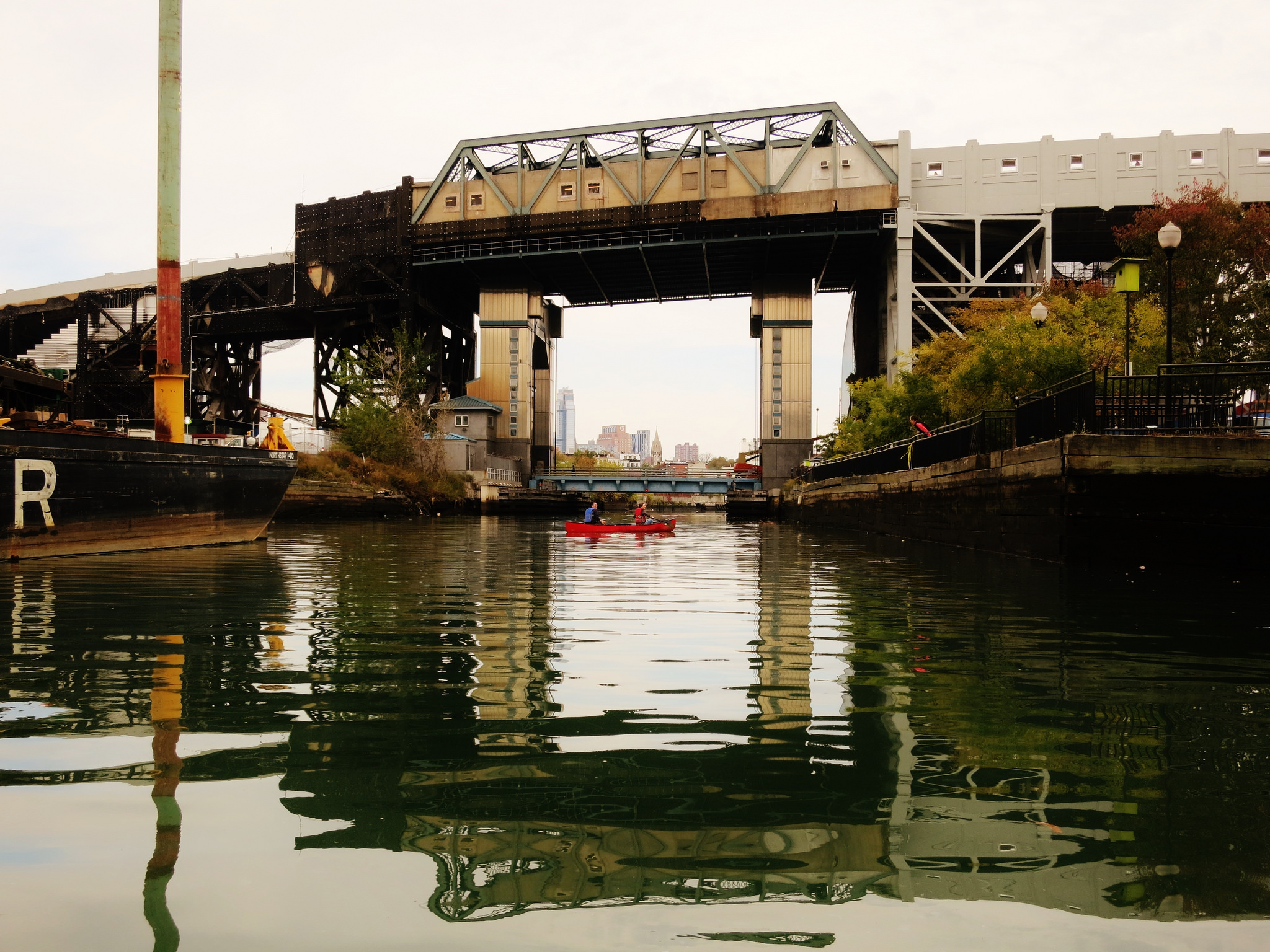
A borough of superlatives, Brooklyn contains a number of toxic sites, not a few of which are also historic and storied. But walking by some of them, you wouldn’t necessarily know they’re hazardous.
While not everyone is concerned, we’re sure others would like to know where in Brooklyn toxic sites might be found — and some of the stories behind these former industrial sites. Below, some of the borough’s worst offenders.
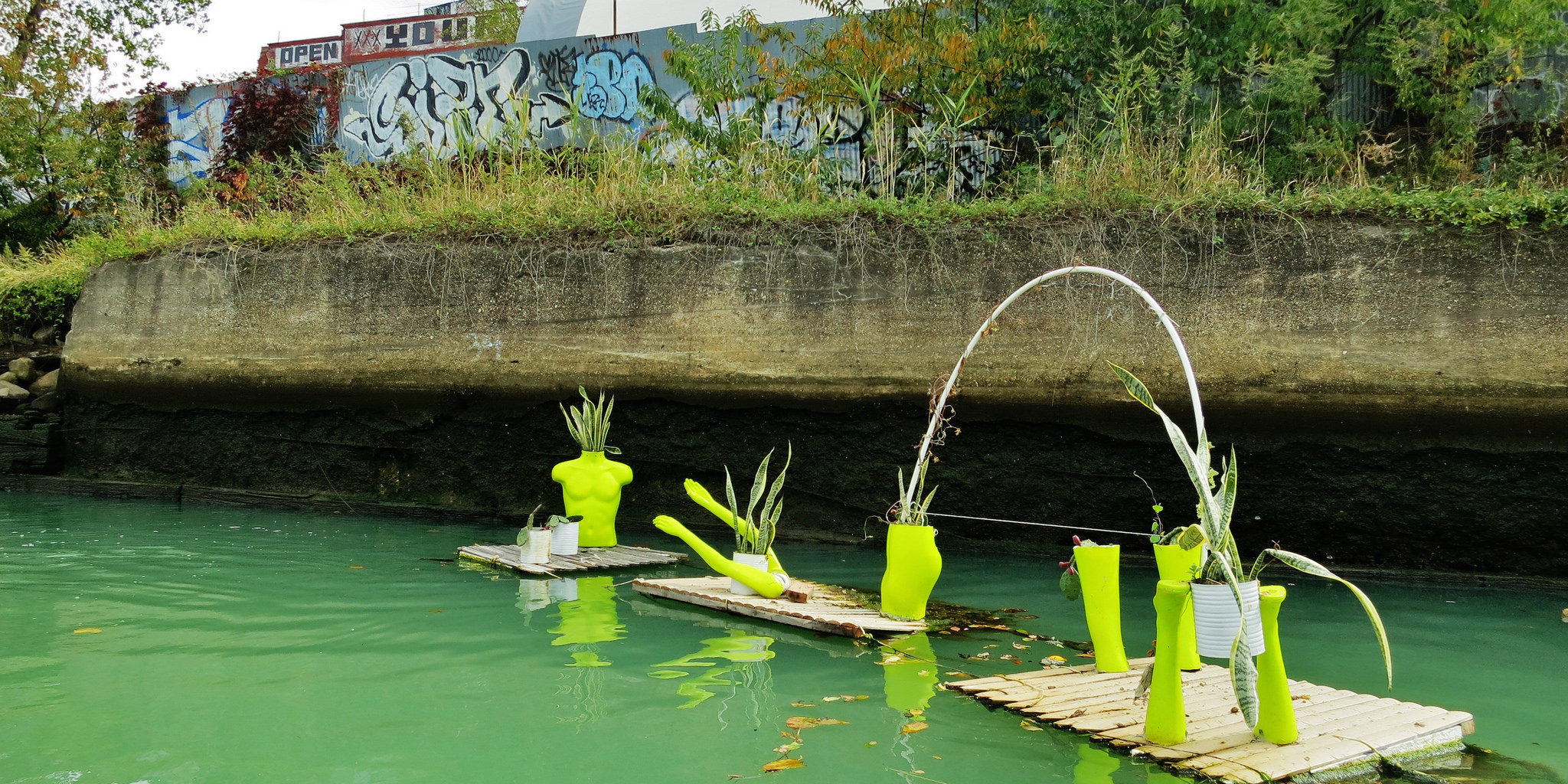
Gowanus Canal
The notoriously fetid Gowanus Canal has been a source of concern almost since its creation in the 19th century. During heavy storms, nearby residents’ basements sometimes flood with sewage as a result of their proximity to the canal. Located in the eponymous Gowanus neighborhood and extending down to Red Hook, the canal houses mercury, typhus and a toxic sludge familiarly known as black mayonnaise within its murky, pungent waters. From the right angle, the Gowanus’ surface reflects an oil-sheen rainbow, the result of decades worth of ink factories freely dumping chemicals into the Canal and earning it the nickname Lavender Lake. Also polluted with coal tar from gas factories that once lined its banks and other chemicals, the Gowanus is a Superfund site, a designation used by the Environmental Protection Agency for polluted areas in need of long-term rehabilitation.
—
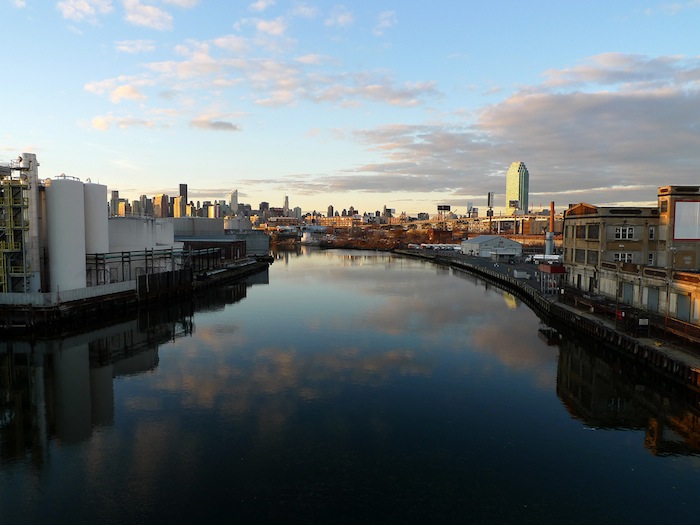
Newtown Creek
Newtown Creek may not have quite the reputation of the Gowanus Canal, but the smell is just as persistent and the water similarly filthy. Its shores are teeming with a diverse array of toxins from raw sewage to an oil, the results of a massive, 30-million-gallon spill under Greenpoint and into the creek from nearby refineries over the course of more than 100 years. A 3.8-mile estuary, Newtown Creek is part of the zig-zagging border between Brooklyn and Queens. It was designated a Superfund site in September 2010.
—
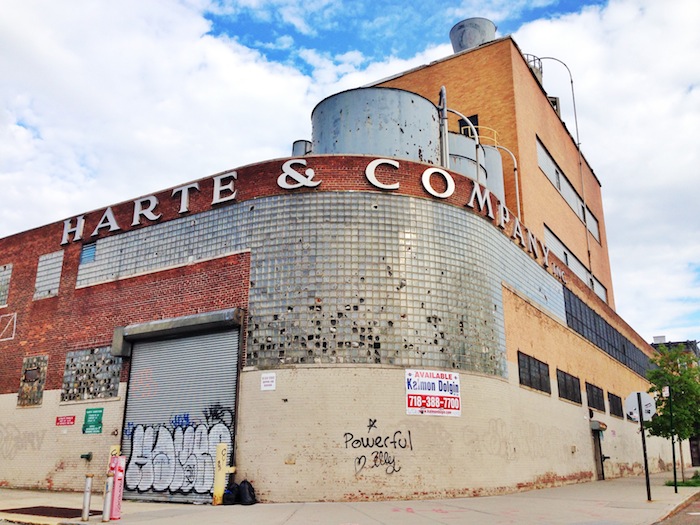
NuHart Plastics
At one time a cause for preservationists because of its unique curved 1930s Art Moderne facade, the 31,000-square-foot main building of the former NuHart plastics factory at 280 Franklin Street in Greenpoint is a Superfund site. The factory’s previous owner, Nuhart & Co., allowed underground storage tanks full of toxic chemicals to leak into the soil and groundwater. Beneath the structure lies not one but two toxic plumes — one containing TCE, a potentially cancerous dry cleaning solvent, and one containing an estimated 40,000 to 60,000 gallons of phthalates, a plasticizer. The site sold to developers in 2014 for $23.25 million. After cleaning it up, they plan to build a 400-unit apartment building at the site.
—
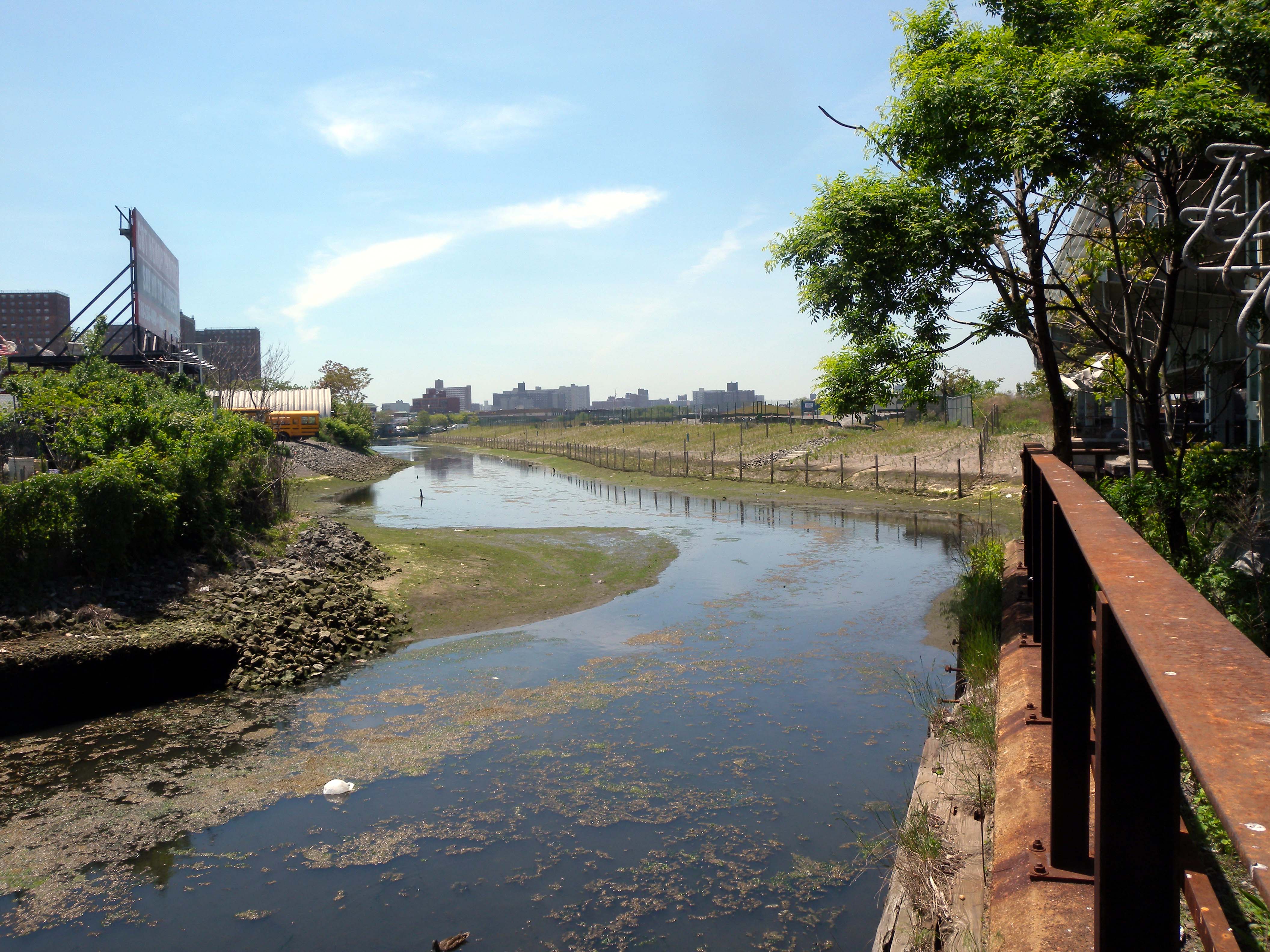
Coney Island Creek
The Coney Island Creek once extended to “the Cove” — today known as Sheepshead Bay — but was later filled in to Shell Road. Currently a tidal estuary, and formerly a strait and partial mudflat, the Coney Island Creek is composed of two sea inlets, one dividing Coney Island from Gravesend and the other separating Sheepshead Bay from Manhattan Beach. Full of industrial waste, boat hulls and other detritus, the Creek has actually seen a good deal of improvement in recent years. However, following Hurricane Sandy, the Creek overflowed and was responsible for a significant amount of damage and inundation in the surrounding neighborhoods.
—

50 Kent
The empty lot at 50 Kent Avenue in Williamsburg — known for hosting the Brooklyn Flea and various outdoor music shows in the warmer months — is in fact one of the city’s most polluted sites, housing soil contaminated by coal tar. Coal tar is used to seal pavement and is now known to significantly elevate cancer risk. At the Kent lot, also a Superfund site, the contamination continues down 25 feet into the site, according to the Department of Environmental Conservation. The pollution is due to the site’s former resident, the Williamsburg Works Manufactured Gas Plant, which operated from 1850 to 1930. Remediation began in fall 2015.
—
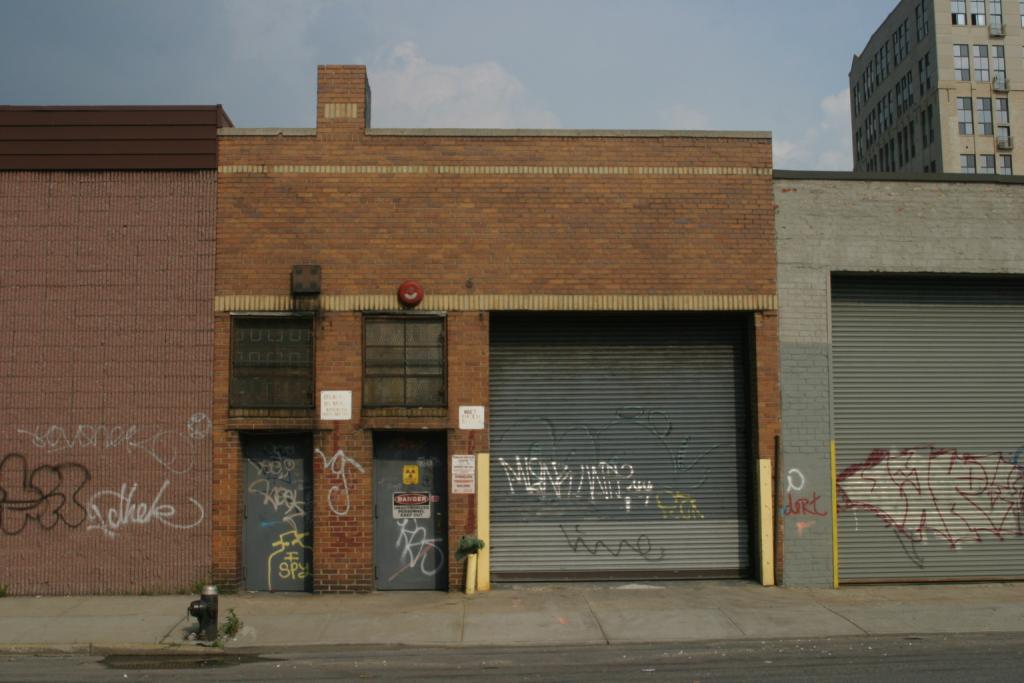
Radiac Research Corp.
A radioactive and toxic waste storage facility at 261 Kent Avenue in Williamsburg — across from the remnants of the old Domino Sugar Factory — is itself radioactive, much to the chagrin of locals. The facility, which has stored hazardous materials since 1969, is close to a nearby public school. An attack on the three-building complex, nicknamed “NYC’s Dirty Bomb,” could potentially have a similar impact to a homemade nuclear bomb, the Daily News reported in 2005.
Related Stories
Greenpoint’s Ultra-Toxic NuHart Plastics Factory Will Be Demolished, But Not This Week
An Interview With Joseph Alexiou, Author of Forthcoming Gowanus History Book
Giant Underground Tanks Will Handle Gowanus Sewage
Email tips@brownstoner.com with further comments, questions or tips. Follow Brownstoner on Twitter and Instagram, and like us on Facebook.
[sc:daily-email-signup ]

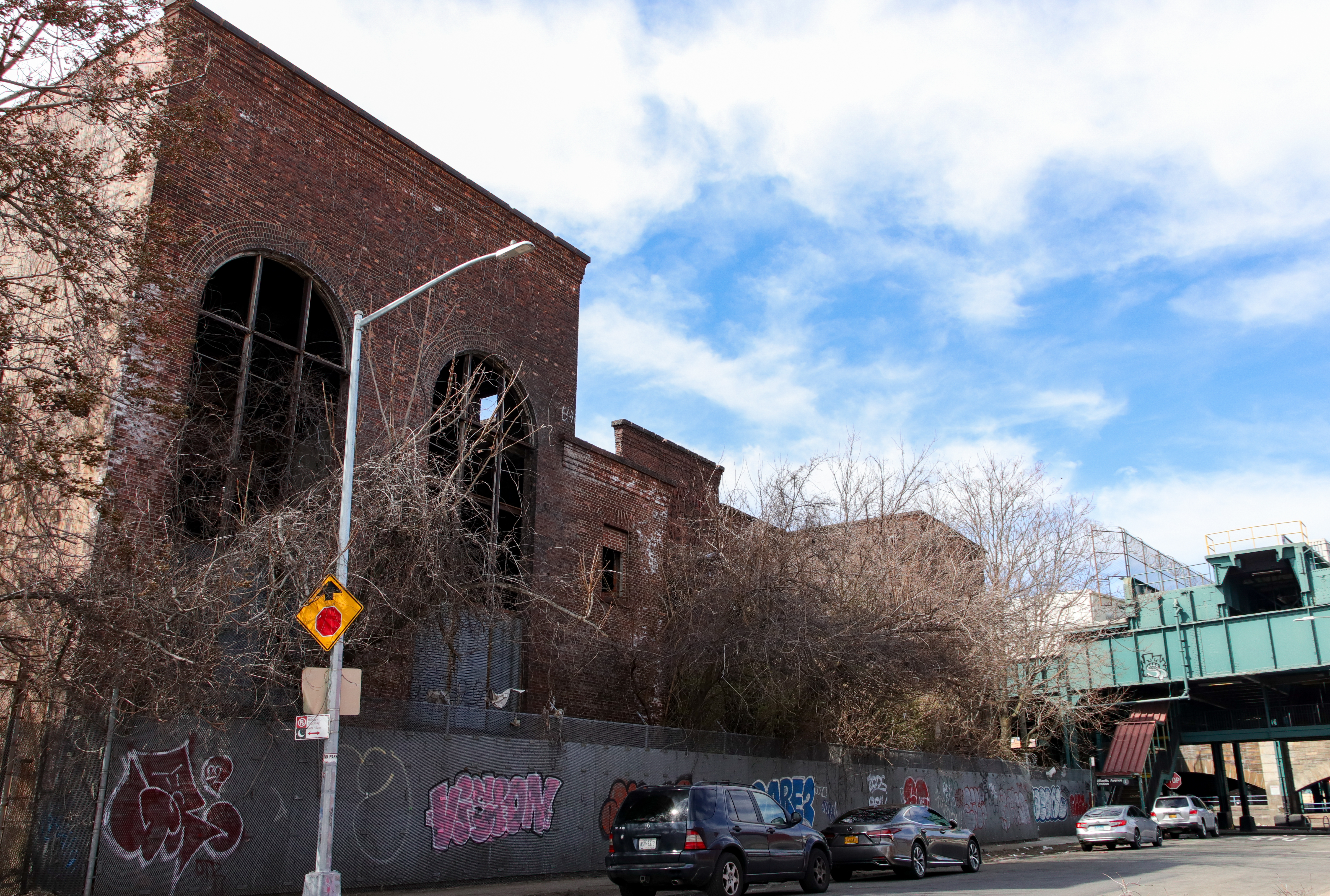
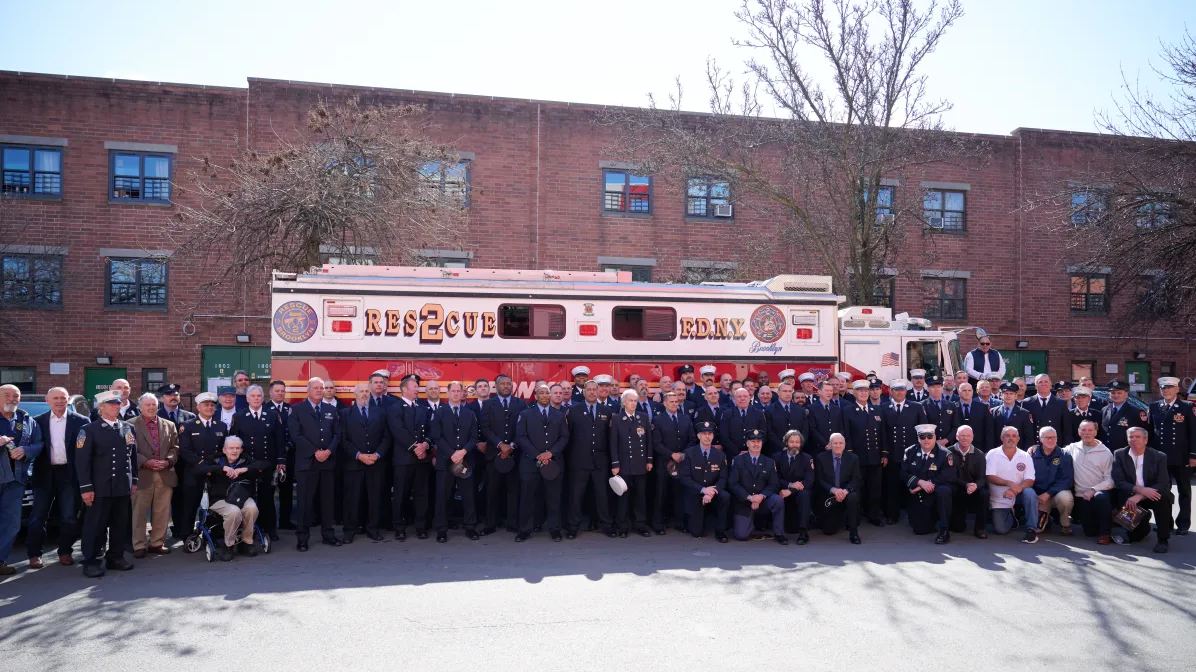
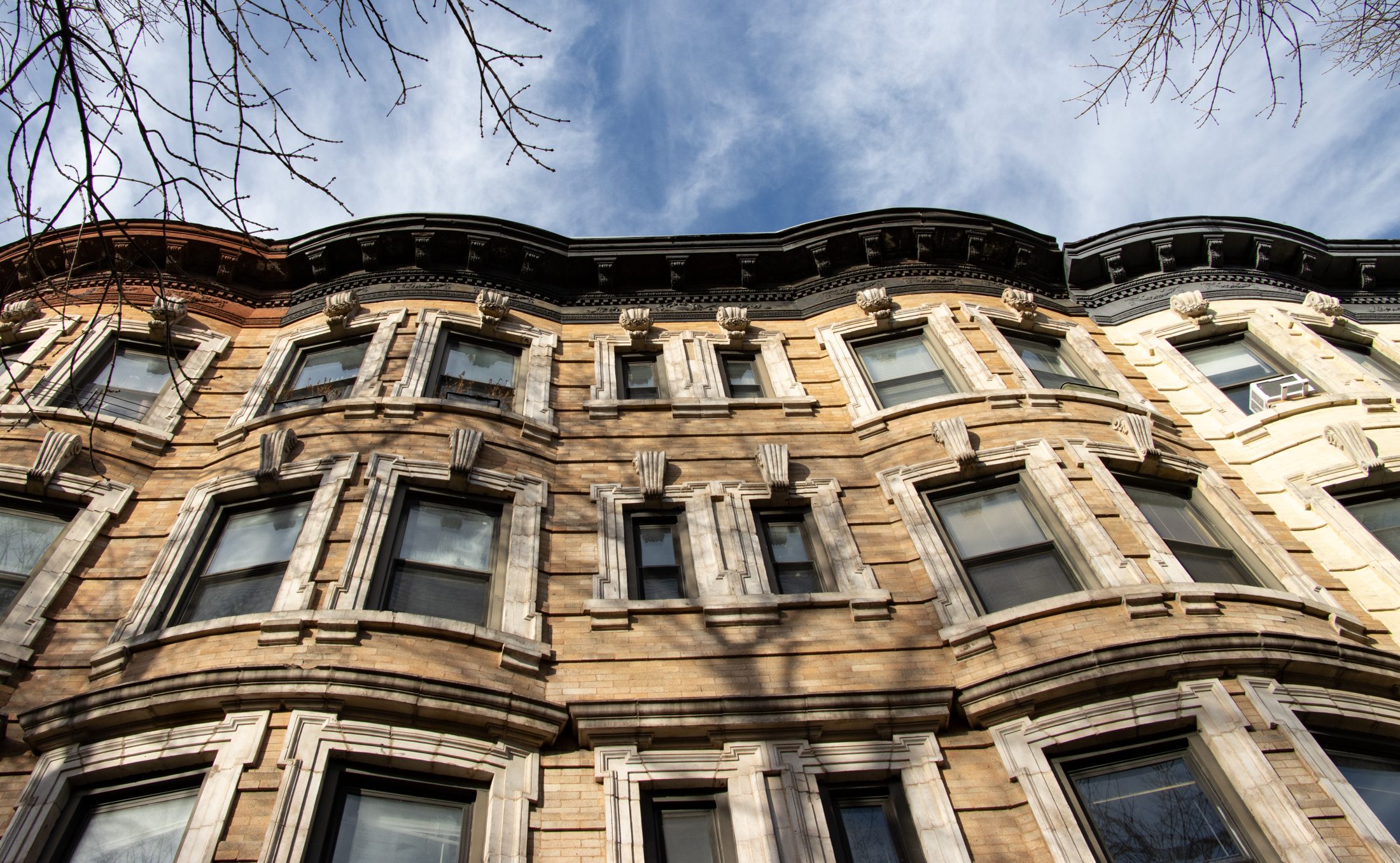




What's Your Take? Leave a Comment